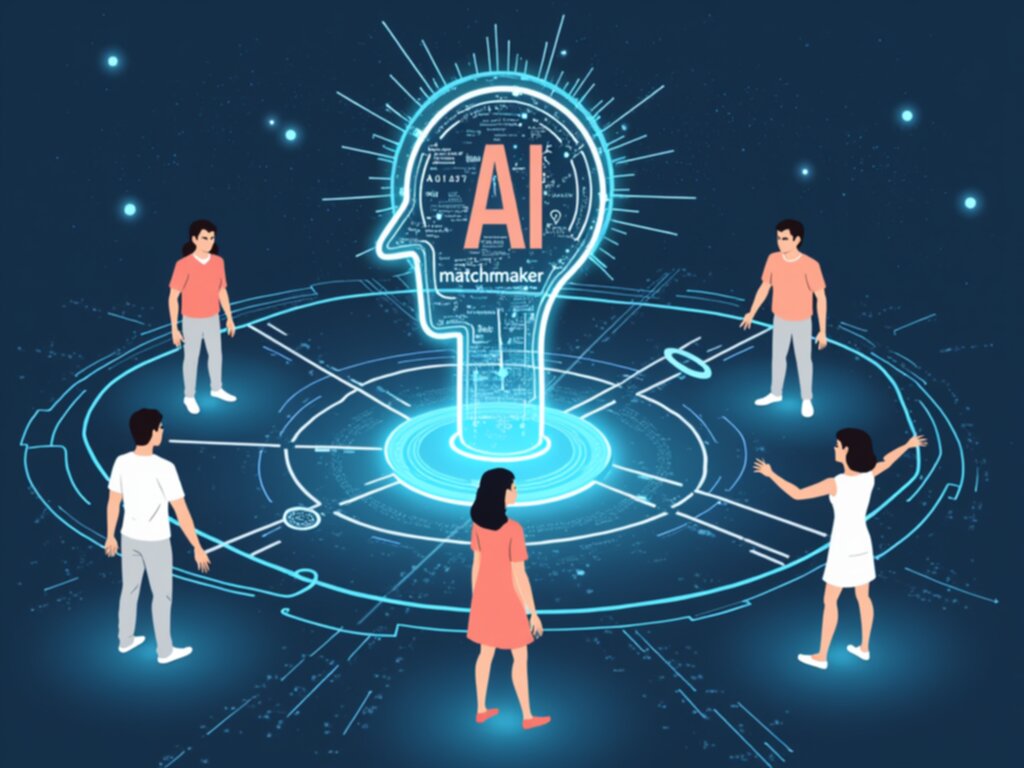7 Ways AI-Driven Career Assessment Tools Are Reshaping Professional Development in 2025

I’ve been spending a good amount of time lately looking at how we figure out what people are actually good at, beyond the standard resume review. The sheer volume of data being generated about professional behavior—from project contributions to communication patterns—is staggering. It feels like we’re finally moving past the era where a personality quiz from 1998 dictates your entire career trajectory.
What’s fascinating right now, sitting here in late 2025, is how these new assessment systems, powered by heavy computational analysis of real-world work output, are changing the feedback loop for professional development. They aren't just telling you what job you *might* like; they are showing you, with measurable data, the specific adjacent skills you need to acquire to make a lateral move that actually sticks. Let's break down seven distinct ways this shift is actually manifesting in organizations that are serious about talent management, not just window dressing.
One major shift I see is the move from static aptitude testing to dynamic skill gap identification based on actual performance telemetry. Instead of testing someone on abstract problem-solving in a controlled environment, these systems ingest weeks of code commits, meeting transcripts (anonymized, of course, for pattern analysis), and documented decision-making processes. Then, they map those observed behaviors against the requirements of aspirational roles within the organization or the market at large. This allows for the pinpointing of very specific deficiencies—say, a weakness in asynchronous documentation when transitioning from a team lead role to a remote program management position. The resulting development plan isn't generic; it suggests specific internal training modules or even pairing opportunities with high performers whose data profiles exhibit the desired trait. Furthermore, this data-driven approach forces HR departments to standardize the definition of 'success' across similar roles, reducing subjective bias that often plagues internal promotions. I worry a bit about the initial data collection phase; if the input data is skewed by managerial favoritism, the output recommendations will simply automate that bias at scale, which is a serious operational hazard we must watch for. The accuracy of the predictive modeling hinges entirely on clean, representative initial data sets, making data governance a non-negotiable prerequisite for adoption.
Another area undergoing serious transformation is career path visualization, moving away from rigid ladders to fluid networks of potential progression. Previously, if you were a database administrator, your next step was usually ‘Senior DBA’ or perhaps ‘Database Architect,’ full stop. Now, these assessment tools cross-reference your proven competencies—like high-speed incident response or complex query optimization—against entirely different domains where those underlying skills translate effectively. For example, the system might suggest that a DBA showing exceptional pattern recognition under pressure is a strong candidate for a specialized cybersecurity threat analysis role, even if they have zero formal cybersecurity background. This opens up internal mobility in ways that traditional mentorship programs simply couldn't manage due to sheer scale. It forces individuals to think about their careers less as a sequence of promotions and more as an accumulation of transferable competencies that can be redeployed strategically. The feedback mechanism is also remarkably immediate; if a suggested course of action—say, taking on a short-term cross-departmental project—doesn't result in the predicted behavioral shift, the model recalibrates almost immediately. This constant, low-latency feedback loop is what makes these tools feel genuinely different from the annual performance review cycles of the past. We are watching organizational structures bend to accommodate these discovered pathways, rather than forcing people into pre-existing boxes.
More Posts from findmyjob.tech:
- →Career Pivot Success 7 Data-Backed Reasons Why Job Quitters Outperform Job Stayers in 2025
- →CodeSignal Scores A Key Factor In Tech Visa Applications
- →7 High-Paying Tech Support Roles in 2025 That Don't Require a College Degree Data-Driven Analysis
- →Navigating Post-Bonus Disappointment: Mastering Workplace Emotions for Career Satisfaction
- →7 High-Growth Tech Careers Where Autistic Professionals Excel in 2025 Data Analysis from 500+ Companies
- →Salary Growth Analysis Public vs Industry Tax Staff with 2 Years Experience (2024 Data Comparison)